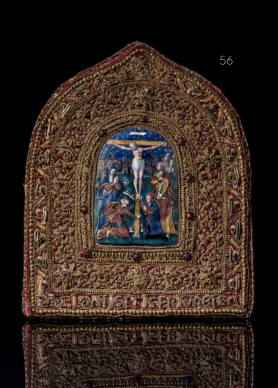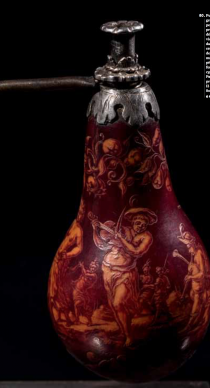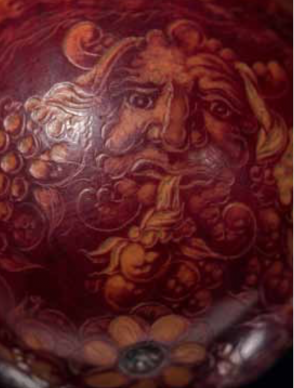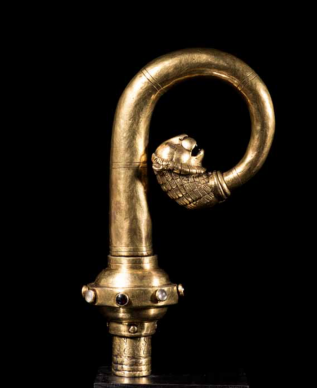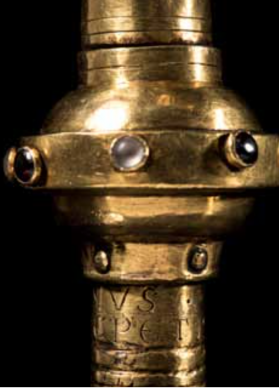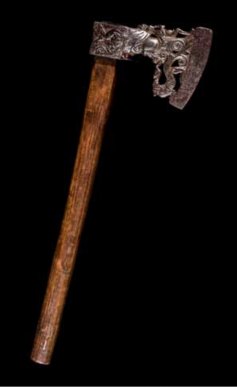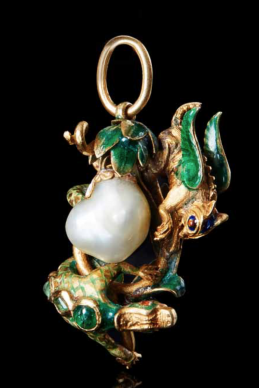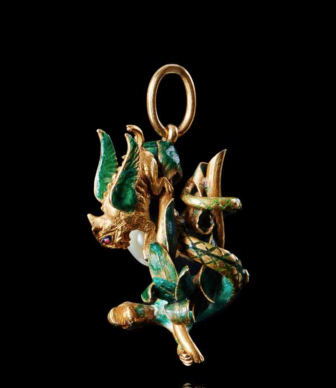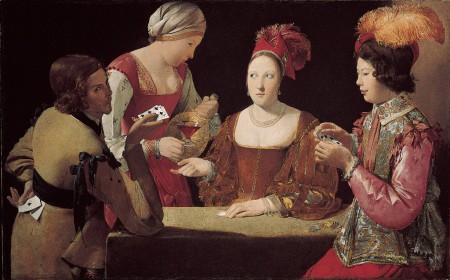The world’s most prestigious museums, the likes of the Louvre and the Metropolitan, fill entire rooms with uncommonly intricate works of art from the Medieval and the Renaissance period.
For a long time the great European and American families, banking dynasties such as the Rothschilds or the Pierpont Morgans, competed with each other for the very best the period had to offer.
But nowadays such items, which not only require a degree of erudition to fully appreciate them, but are also becoming particularly scarce on the market, are neglected by international demand. Increasingly, they tend to represent a niche for loyal enthusiasts on a stable market.
As we know, the main rendezvous for connoisseurs of the genre still takes place each March at Tefaf in Maastricht.
Here specialist antique dealers such as France’s Brimo de Laroussilhe, the American dealer Blumka and the UK’s Sam Fogg are all present, offering rare pieces for large sums of money. As for the major auction houses, they have almost completely abandoned the period. Sotheby’s in London, for instance, closed the book on its auctions dedicated to the suject in 2008.
In Paris, however, a minor miracle occurs twice a year when specialist Laurence Fligny holds the Haute Epoque auctions at Parisian auction house Piasa.
Last year it included a of 18th-century ivory group of statuettes (40cm in height) depicting the flagellation of Christ that sold for an exceptional 2.2 million euros.
But average prices are usually a lot more modest and the dealers who come here to replenish their stock know exactly what they’re doing.
The next auction takes place on 9th December at Piasa’s premises on rue du Faubourg Saint Honoré. The catalogue contains 100 lots, many of which are astonishing.
A number of objects do not immediately reveal what they are from their titles.
Few of us, for instance, will be be able to say what a ‘calabash pulverine’ is. What we have here is a sculpted gunpowder flask for a ceremonial weapon, decorated with musicians on a gourd mounted with a sliver spout. It was produced in Northern Europe at the beginning of the 17th century and carries a 6,000 euro estimate.
With the exception of experts in ancient Catholic rituals, few either will know what a ‘Kiss of Peace’ is as they call it in french. It was a liturgical implement representing a Biblical scene and was meant to be kissed during Mass. The ritual disappeared at the beginning of the 18th century according to Laurence Fligny, but there are two examples in the auction.
One was produced in Limoges in the 16th century in enamel and represents the adoration of the Magi. Particularly sumptuous is the frame in engraved copper designed with a multitude of colonnettes (estimate: 6,000 euros). The other item, made in Limoges using the same enamel technique, and dating from around 1435, is framed with sumptuous bead embroidery and decorated with sacred words. It depicts a crucifixion. Estimate: 4,000 euros.
To find an example of a hatchet as unique as the one offered on 9th December at Piasa, you have to make your way to the Musée de l’Armée in Paris. It was cast from iron in southern Italy in the 17th century with a design featuring men, women and animals. Estimate: 1,500 euros.
Among the rarer objects at the Piasa sale, you’ll find a bishop staff dating from the end of the 12th century in engraved copper and which belonged to a priest from Napi in Latium. To deliver his estimate, Laurence Fligny went back to auction sales prices for bishop staff in Limoges enamel: 80,000 euros.
The auction contains an assortment of jewels.
One of them is a pendant and it’s ultra-rare, made at the end of the 16th century, probably in Flanders. Made of engraved gold, enamel, baroque stones it depicts an imaginary animal scene. It is more than possible that this unusual item of jewellery belonged to the last of the Medicis, Anne-Marie-Louise.
This mini work of Art with a gothic spirit is estimated to fetch 25,000 euros.
The strangest jewel of the sale is a ‘hostage ring’. It belonged to a volunteer who had signed up to the list of candidates offering their life to replace the king of France , Louis XVI and his family during their police custody in the Tuileries after the monarch’s historic escape to Varenne. It dates to Louis XVIII who sent the engraved ring to those faithful subjects of Louis XVI. It carries a 2,500 euro estimate for 11 grams of gold plus the weight of history.
Bidders with a pang of nostalgia for the royal family- they are plenty all over Europe- should help push up the auction price.
Support independent news on art.
Your contribution : Make a monthly commitment to support JB Reports or a one off contribution as and when you feel like it. Choose the option that suits you best.
Need to cancel a recurring donation? Please go here.
The donation is considered to be a subscription for a fee set by the donor and for a duration also set by the donor.


